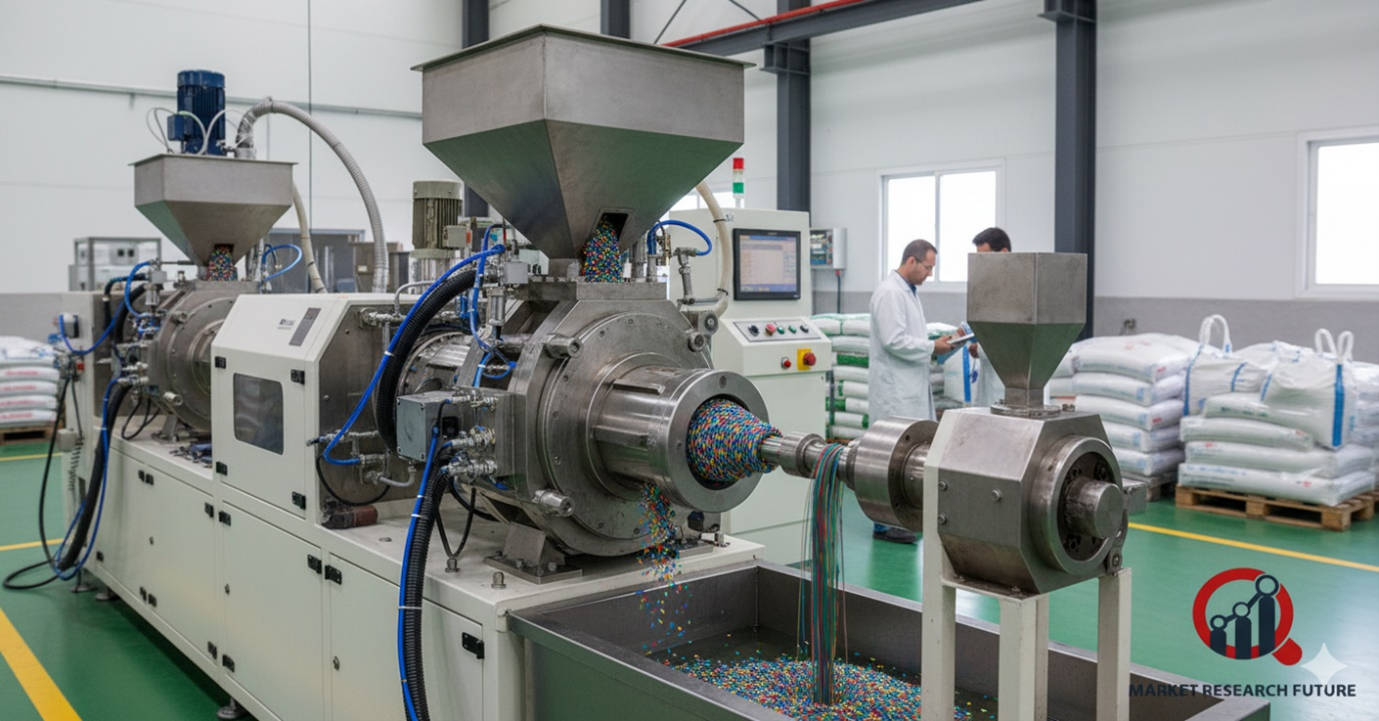Knowing More About Plastic Compounding

Information about the plastic compounding market
Plastic compounding is the process of mixing polymers with additives and reinforcements to make materials that work better for certain uses. Manufacturers can make custom compounds that are strong, long-lasting, and perform well by carefully mixing stabilizers, colorants, flame retardants, and fibers. The process needs to be exact so that every batch has the same quality and dispersion.
The plastic compounding market is changing quickly because industries need materials that are lightweight, long-lasting, and perform well. To meet the growing needs of industries like automotive, construction, healthcare, and electronics, companies are focusing on new ideas. Medical-grade compounds are becoming more popular because they are safe, flexible, and able to meet strict regulatory standards. This is especially true for the development of important healthcare devices and protective gear.
More and more uses in business
More and more, plastic compounds are taking the place of metals in the automotive industry to make cars lighter and more energy-efficient. They are great for making both interior and exterior parts because they can be used in many ways and don't break down when they get hot, hit, or corrode. The construction industry is also driving up the need for compounds used in flooring, insulation, doors, and plumbing systems. More infrastructure projects and a greater focus on energy-efficient buildings are also driving adoption.
Looking Ahead and Sustainability
The industry is focused on sustainability, and more money is going into bio-based and recyclable compounds. Manufacturers are looking into eco-friendly options that have less of an effect on the environment while still meeting performance standards. Research and development (R&D) is leading to the creation of smarter, more environmentally friendly materials that can be used in applications that are ready for the future.
Trends in Regional Growth
China, India, and Vietnam are some of the countries in the Asia-Pacific region that are driving production and consumption of plastic compounding. The region's position in the global market is getting stronger because of ongoing industrial growth, urbanization, and government efforts to use more sustainable materials.
In conclusion
Plastic compounding is still a key part of modern manufacturing and material innovation because it has many uses and is becoming more environmentally friendly.

Leave a Comment